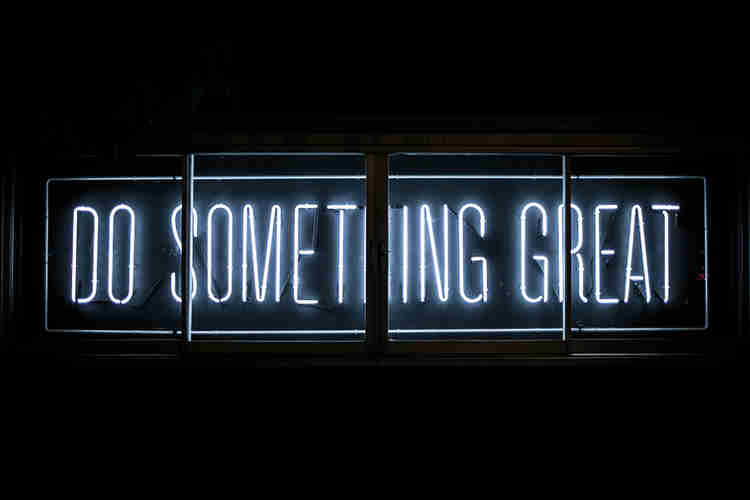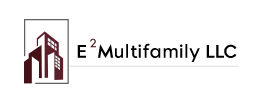The phrase “value add property” is thrown around quite frequently these days. This investing strategy is without a doubt one of the most popular in the multifamily space, and especially so in recent times. But how exactly does the “value add” component of an investment occur? What does this mean to the investor? Let’s look at 5 very common and popular ways an investing team will execute on this strategy. and increase the NOI (Net Operating Income) of a property. In summary, executing value add improvements can be done either by raising sources of income, or controlling/improving expenses.

Here are five very popular and common ways to improve value of a multifamily asset:
-
Improve overall property management – The property manager will oversee the day to day operations of the asset including administrating leases. If the existing firm isn’t doing a “great” job, there may be room for improvement – in some cases this can be substantial. What are some signs to look for? High levels of vacancy (higher than average for the submarket), high levels of expenses/repairs, and dissatisfied tenants via negligence are a few examples of areas to improve.
-
Perform exterior renovations – Many successful value add operators like to begin renovations “from the outside in” with the idea that a more attractive exterior will attract tenants quickly, even before interior renovations. Many tenants seek a property that will make them proud to live there and keep them for long periods of time. Specifically, a few examples in this category we’ll look to improve or transform include landscaping, add or enhance lighting for curb appeal and safety, clean/pressure wash all high visibility areas, improve signage/marketing, and perhaps add or improve attractive fencing around the property.
-
Perform interior renovations – Common interior upgrades may include fresh paint, kitchen and bath renovations, flooring, light fixture upgrades, and furniture/furnishings (if rent/leasing furnished of course). The level and depth of upgrade will be matched to the market needs and may depend on the class of asset. For example, a “C” class asset may receive laminate countertops and black appliances where a “B” or “A” class asset may command granite countertops and stainless steel appliances. Targeted upgrades in this area can really make a difference in driving market rent and demand for quality tenants.
-
Add amenities – An operator may choose to add amenities to an asset with examples such as dog parks, grilling areas, swimming pools, gym/fitness centers, and laundry facilities. Some of these amenities such as the laundry area may also be a direct source of revenue – this can be especially lucrative to owners and also adds convenience for tenants.
-
Add or amend utilities chargeback program – If comparable properties are not including utilities in the base rent and the asset being acquired does include them, there may be an opportunity to implement a utilities chargeback program to recapture those costs and drive additional sources of income. This again may generate an additional source of income, but must be aligned to sub-market comparable properties.
During the due diligence period of an acquisition, we will evaluate comparable properties to determine where we can best place investment dollars in areas such as the examples above to make the biggest difference in terms of driving NOI (net operating income) improvements. The end goal is to improve the tenant experience while maximizing profitability of the asset. We hope you’ve enjoyed this article and learned a few things along the way. If your interest has been captured and you’d like to learn more, please don’t hesitate to reach out to me at [email protected].
Written by Andrew Schutsky as part of the Multifamily Scrum Series
